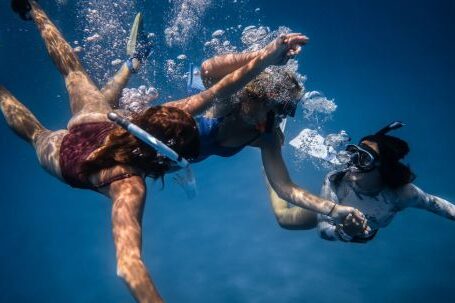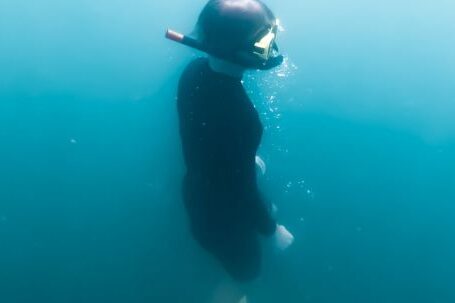Exploring the underwater world is a fascinating adventure. The vibrant colors, unique marine life, and ethereal landscapes make it a photographer’s dream. However, taking great underwater photos can be challenging without the right techniques and equipment. In this article, we will provide you with valuable tips to help you capture the beauty that lies beneath the surface.
1. Get the Right Gear
Before diving into underwater photography, it’s essential to invest in the right equipment. A sturdy underwater housing for your camera is crucial to protect it from water damage. Additionally, consider using a wide-angle lens to capture the vastness of the underwater world and a macro lens for close-up shots of intricate marine life.
2. Master Your Buoyancy
Achieving proper buoyancy control is a game-changer when it comes to underwater photography. Being able to float effortlessly at different depths allows you to capture stable and clear images. Practice controlling your breathing and movements underwater to maintain a steady position and reduce camera shake.
3. Utilize Natural Light
Underwater, natural light is your best friend. The vibrant colors and magical ambiance of the underwater world can be best captured using available light. Avoid using your camera’s built-in flash, as it can create a harsh and unnatural lighting effect. Instead, position yourself to take advantage of the sunlight filtering through the water’s surface and experiment with different angles to create stunning compositions.
4. Mind Your Composition
Composition plays a vital role in any form of photography, including underwater. Take your time to carefully frame your shots and consider the rule of thirds. Position your subject off-center to create a more visually interesting and balanced image. Experiment with different angles and perspectives to capture unique and captivating underwater scenes.
5. Pay Attention to Shutter Speed
The fast-moving nature of marine life requires a fast shutter speed to freeze the action and capture sharp images. Set your camera to a higher shutter speed to avoid motion blur. However, keep in mind that increasing the shutter speed reduces the amount of light entering the camera, so you may need to adjust your ISO or aperture accordingly.
6. Experiment with White Balance
Underwater photography often presents challenges in color reproduction due to the water’s natural blue hue. To counteract this, experiment with the white balance settings on your camera. Adjusting the white balance can help restore the true colors of the underwater scene and create more vibrant and accurate images.
7. Focus on Details
One of the wonders of underwater photography is the ability to capture the intricate details of marine life. Use a macro lens to photograph the small details, such as the textures of coral reefs or the intricate patterns on a seahorse. Get close to your subject and use a narrow aperture to ensure everything is in sharp focus.
In conclusion, capturing the beauty below the water’s surface requires skill, patience, and the right equipment. By following these tips, you can enhance your underwater photography skills and capture breathtaking images that showcase the mesmerizing world beneath the waves. So, grab your gear, dive in, and explore the wonders that await you. Happy shooting!





